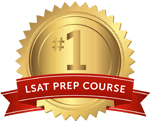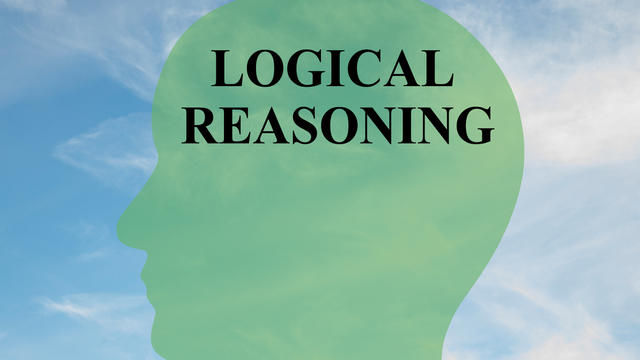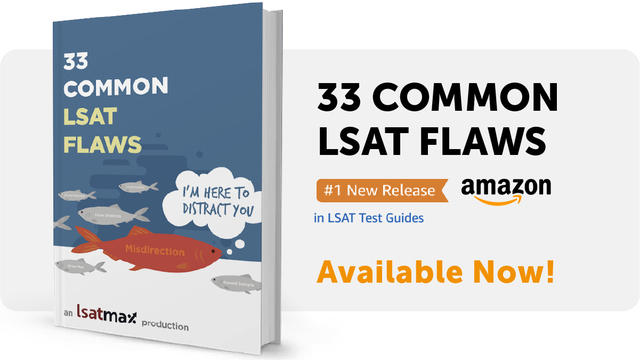We are officially less than a month away from the big June date. Let’s delve head first into our LSAT prep and chat about another lovely Sufficient & Necessary diagramming rule: “the only.”
We discussed how to diagram “only” statements last week, so I thought we could come full circle and discuss “the only.”
That one small article makes all the difference when you diagram a statement. Remember that “only” is an indicator for the necessary condition. However, “the only” is an indicator for the sufficient condition.
Think about the following example: The only ball is red. The “the only” means that, without a doubt, if it is a ball, then it is red. In contrast, it is not saying that other things cannot be red, merely that if it is a ball, it must be red.
Let’s look at the following example:
“The only true wisdom is in knowing you know nothing.” –Socrates
“True wisdom” is the sufficient condition of the above statement, since we know that “the only” introduces the sufficient condition. That means that “knowing you know nothing” is our necessary condition.
We can rewrite this to read: If it is true wisdom, then it is in knowing you know nothing.
We diagram it like so:
TW ==> KKN
not KKN ==> not TW
Easy, right? Let’s try out another:
“Laughter is the only cure for grief.” –Robert Fulghum
Sufficient condition: cure for grief
Necessary condition: laughter
Thus, we can rewrite the quote to state: If it is a cure for grief, then it is laughter.
We will diagram like so:
C4G ==> L
not L ==> not C4G
You get the idea. Now go open some Logical Reasoning sections and try out this strategy whenever you encounter a Sufficient & Necessary statement with the phrase “the only” in it.
Happy Studying!











